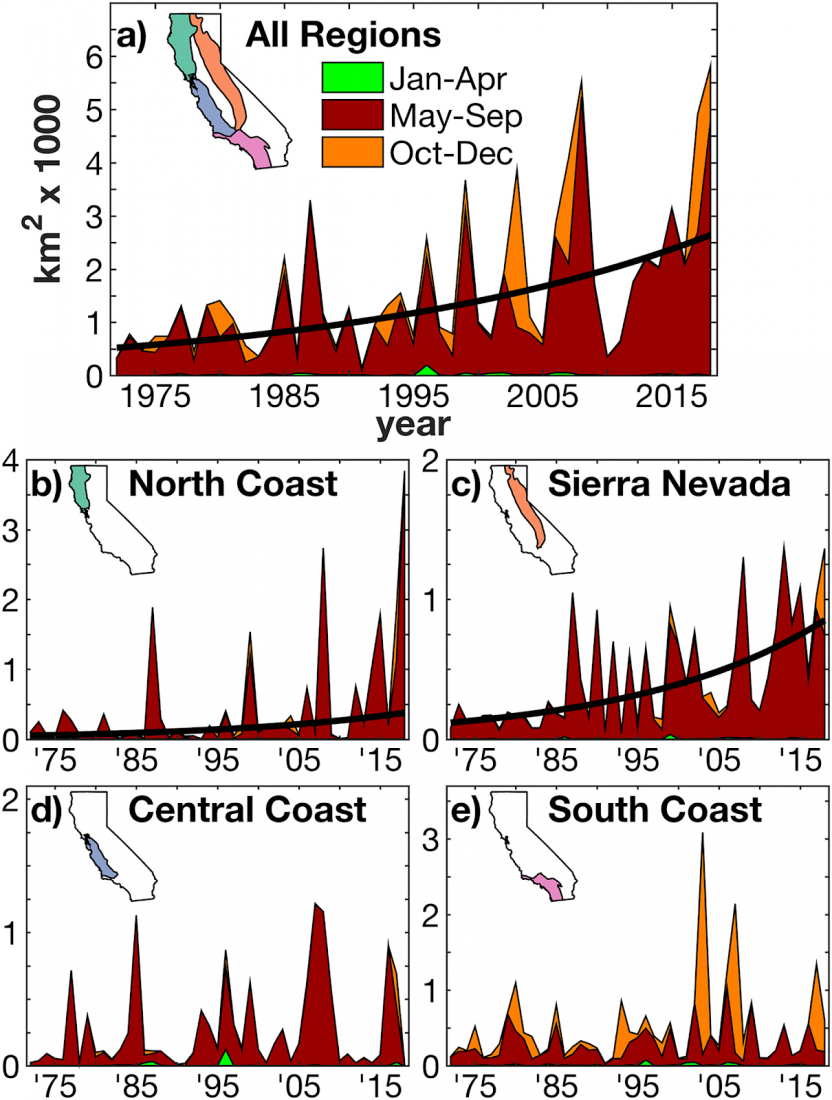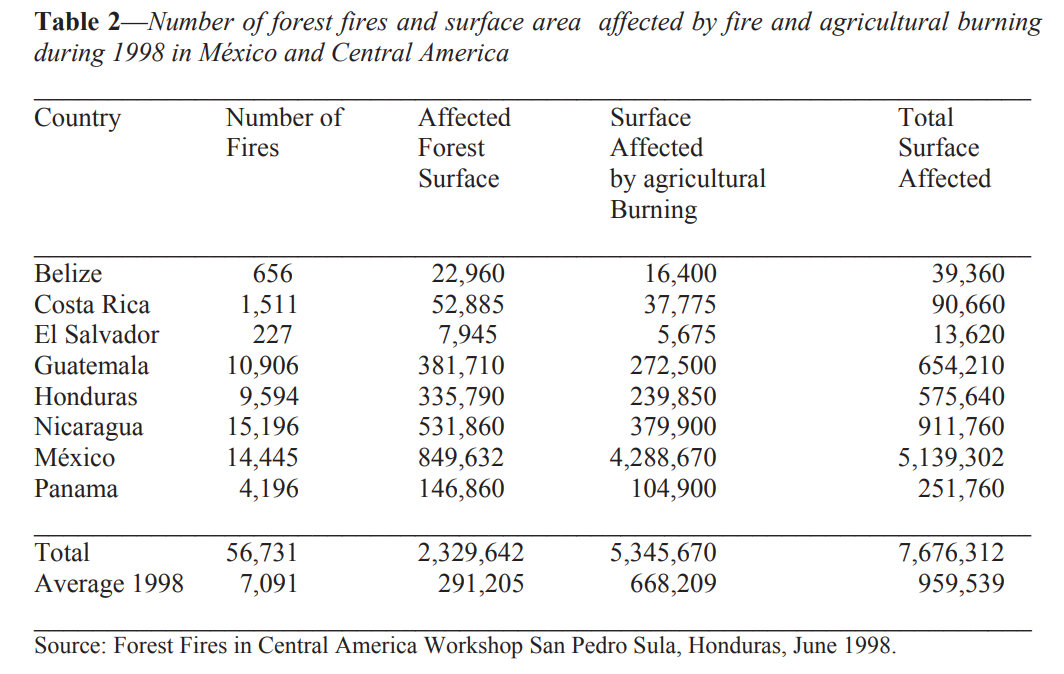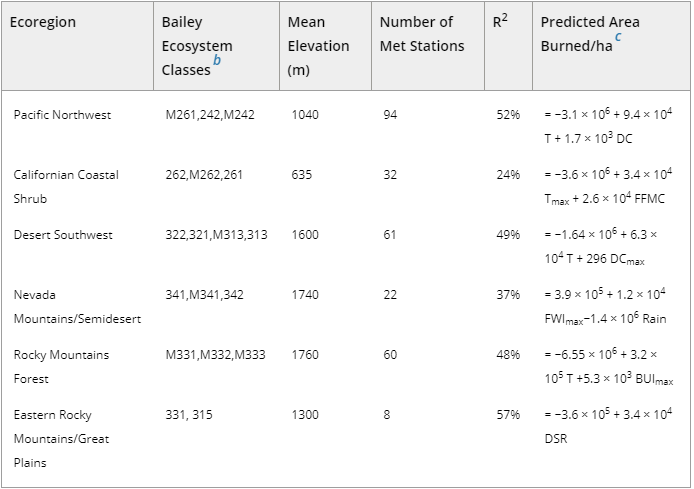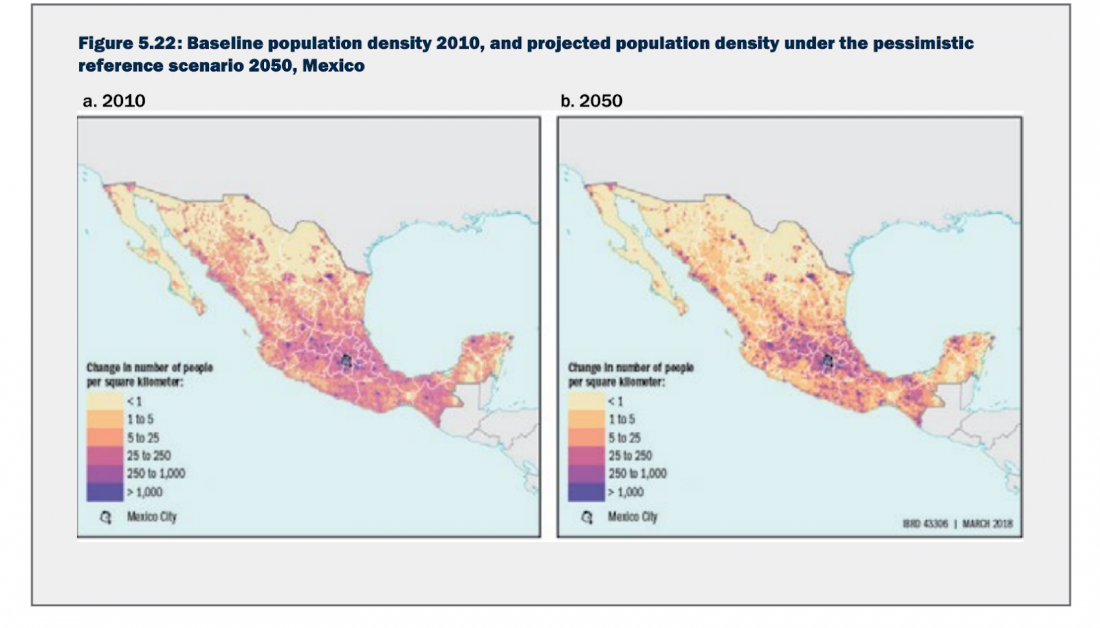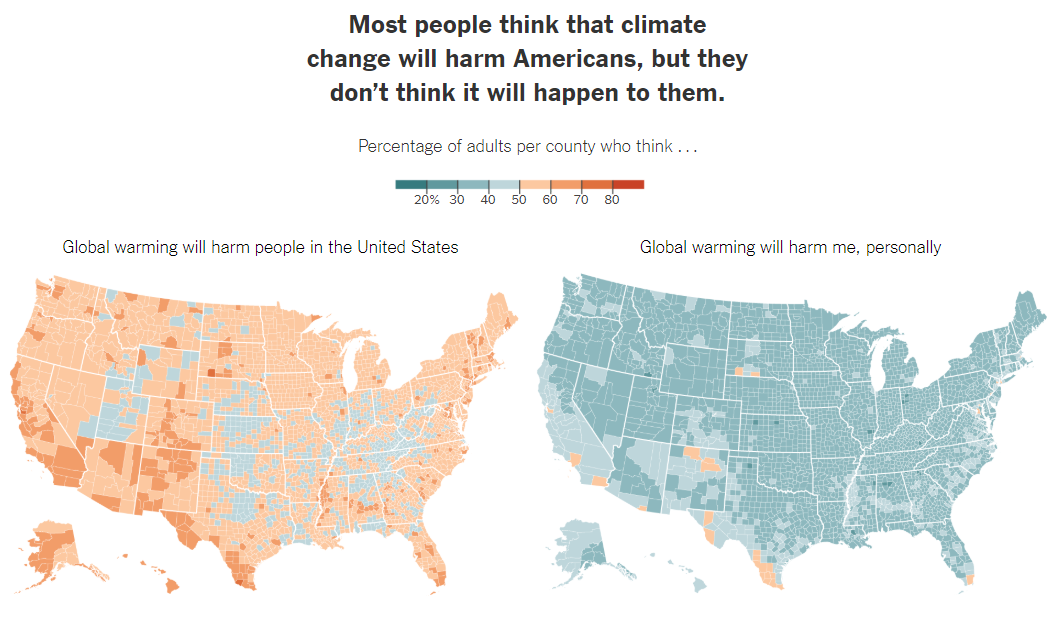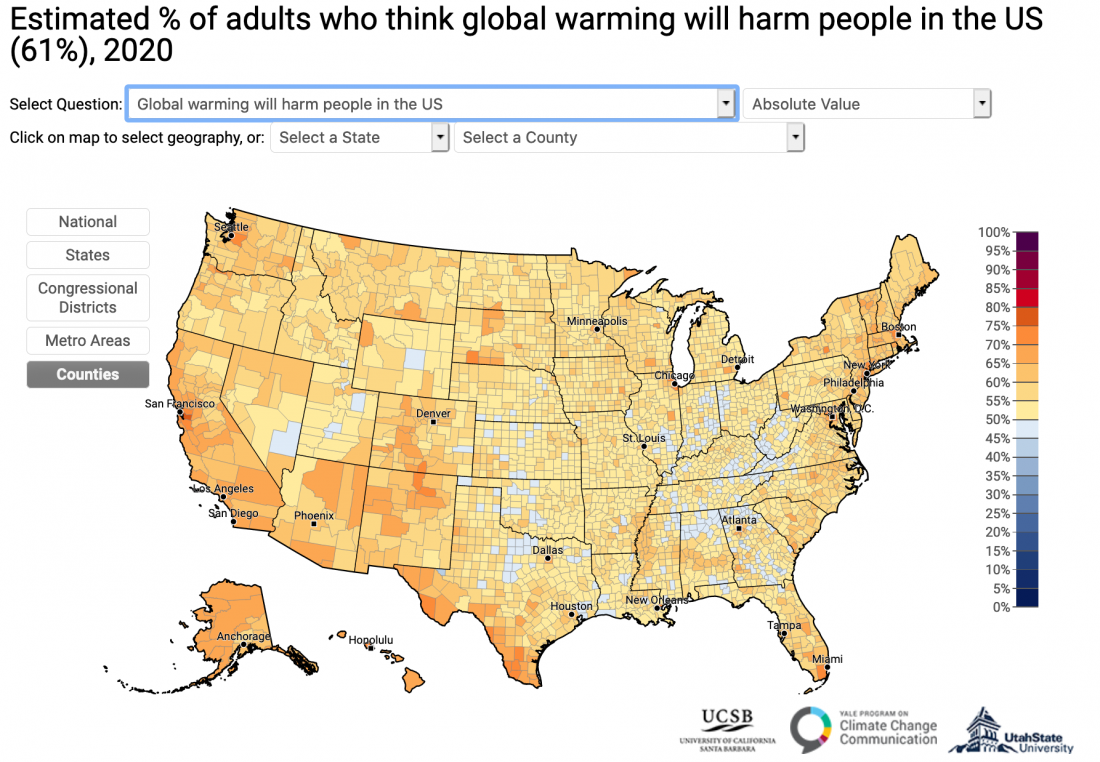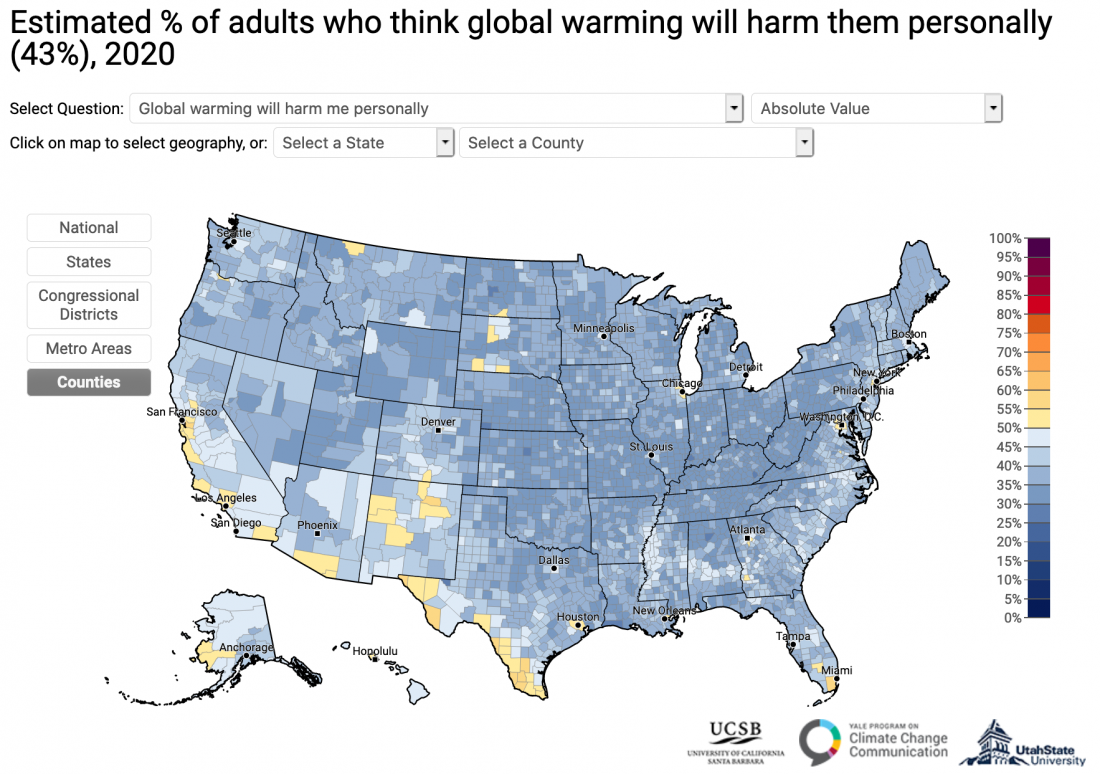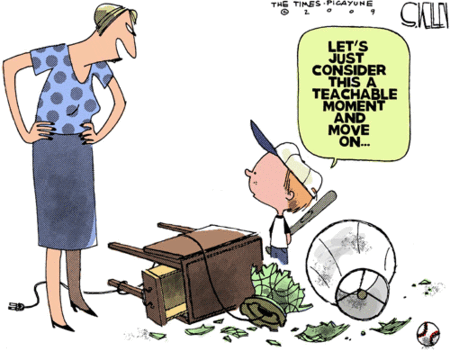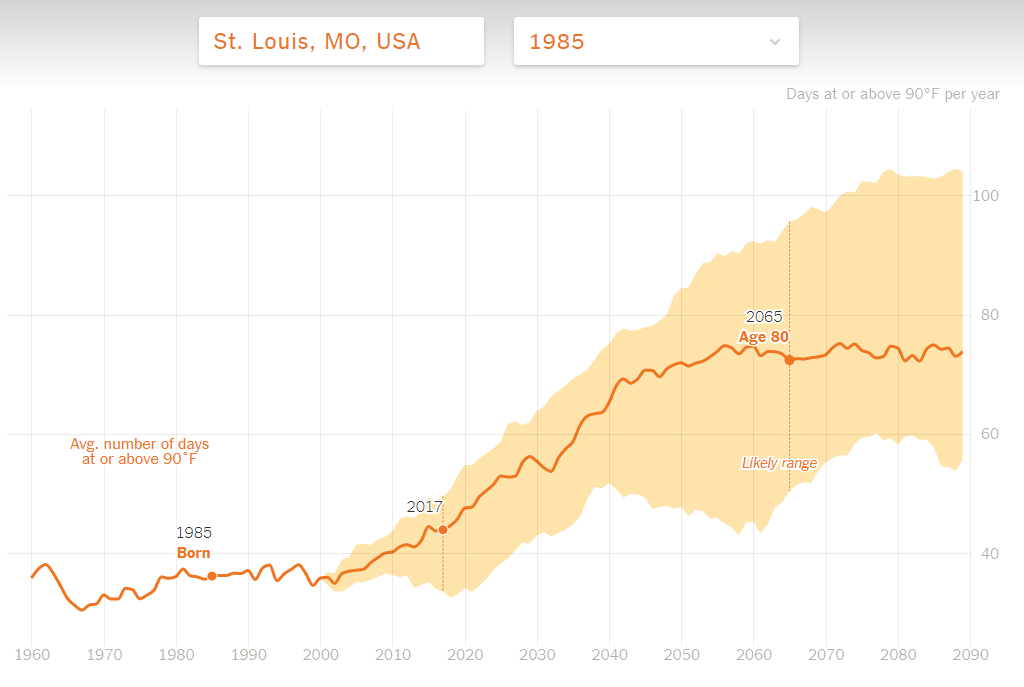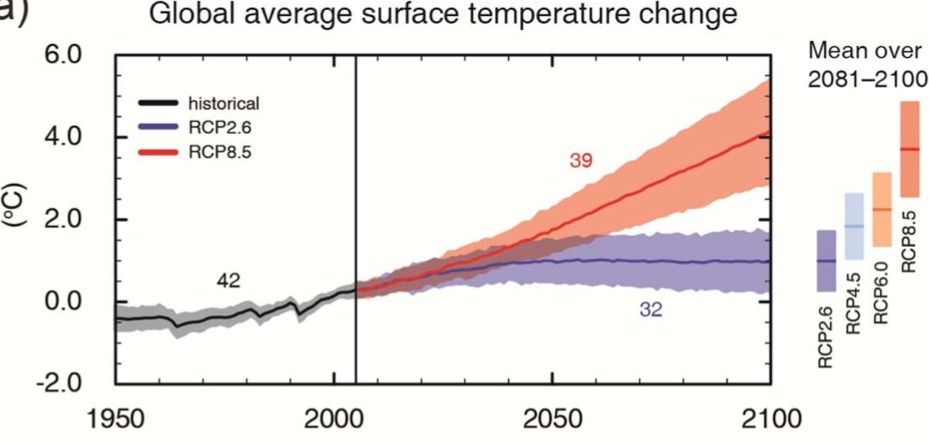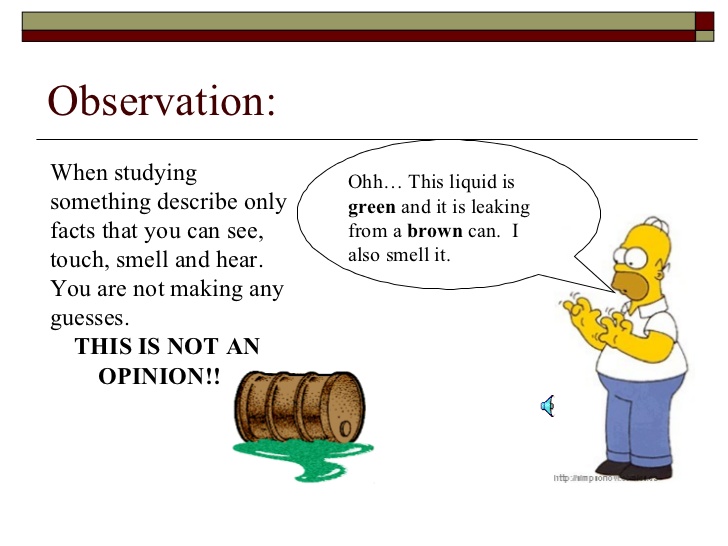Hello readers! This week’s guest blog is from Alvin Huang, Paula Glab, and Yuduo Wu. Combined, we are pursuing degrees in the fields of physics and computer science. Through this blog post, we hope to spread information on the correlation between climate change and pandemics. Although both of these factors have been extensively studied separately from one another, we utilize known information to relate the two aspects. More importantly, however, we include information on how climate change can increase the risk of pandemics. We will focus on how climate change affects pandemics via phenomena including the migration of disease-carrying animals and the melting of permafrost.
Pandemics are global disasters. We are currently experiencing the unfortunate example of COVID-19. Of course, there are multiple factors that contribute to pandemics, including the environment and animals. However, climate change itself is a major, growing cause of potential epidemics that could blossom into pandemics.
Climate change is causing a shift in how animals are migrating. That, in conjunction with the way humans are expanding into animal habitats, may increase exposure to infectious diseases.
Human activities emit greenhouse gases including carbon dioxide and methane, leading to climate change. The global average surface temperature has increased by around 0.6°C over the 20th century. It is predicted to rise by an additional 1.4–5.8°C over the 21st century.
Warmer temperatures and changes in rainfall have created ideal conditions for disease vectors. Likewise, the pathogens are now able to live in some areas that were previously uninhabitable. Roughly 60% of new pathogens come from animals. Rodents account for more than 60% of all the diseases transmitted from animals to people. Warming weather and erratic precipitation increase the spread of biting insects like mosquitoes and ticks, which transfer infected blood from person to person.
Malaria, for example, is a mosquito-borne infectious disease. Climate change and the associated increase in monsoon rainfall and humidity, allows for better breeding conditions for mosquitoes. The rising mosquito population, in turn, is increasing the spread of malaria.
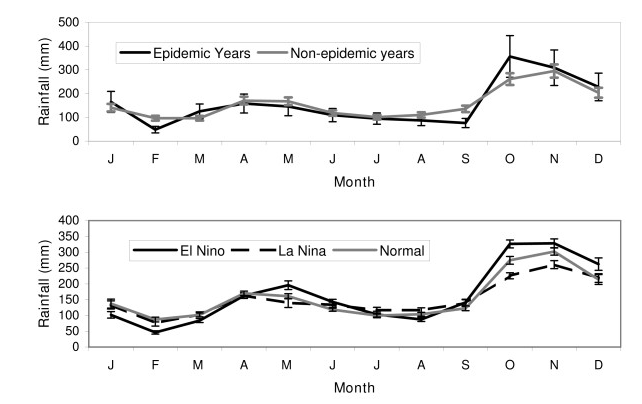
Figure 1, Taken from, “Epochal changes in the association between malaria epidemics and El Niño in Sri Lanka”
Learning how to interpret these weather patterns and predict future weather patterns alongside climate change can help scientists predict and better prepare for malaria epidemic years. Further, it is important to understand this correlation so that health officials can be better prepared to deal with the spread of these outbreaks and the inevitable impact of climate change on the increase of epidemics/pandemics.
Rising global temperatures increase water evaporation in storm-affected areas. This increase in evaporation causes more rainfall, which in turn can create better breeding grounds for disease-carrying insects. We have observed patterns of animal migration changing with the climate, so it is safe to say that these insects may very well expand their habitat into different neighboring areas that were once not affected by malaria, thus spreading this infectious disease even more.
Dengue fever is an acute vector-borne disease transmitted by mosquitoes. Dengue virus infection can lead to recessive infection, dengue fever, dengue hemorrhagic fever, etc. The typical clinical manifestations of dengue fever include sudden-onset high fever, headache, severe muscle, bone, and joint pain, skin rashes, bleeding tendency, lymphadenopathy, decreased white blood cell count, and thrombocytopenia in some patients. The disease is mainly prevalent in tropical and subtropical regions. Guangdong, Hong Kong, Macau, and other places in China are dengue fever endemic areas. Since the disease is transmitted by Aedes mosquitoes, the epidemic has a certain seasonality, usually from May to November each year, with a peak from July to September. In new epidemic areas, the entire population is generally susceptible but the incidence is mainly in adults; in endemic areas, the incidence is mainly in children.
Dengue virus is resistant to low temperatures. It can survive for 5 years at -20℃ and more than 8 years at -70℃ but it is not heat resistant. It can be inactivated by 30 minutes at 50℃ or 2 minutes at 100℃. Nor is it acid-resistant. Detergent, ether, ultraviolet light, and 0.65% formaldehyde solution can also be used to inactivate the dengue virus.

Figure 2 – Expected global spread of dengue fever from 1990-2085
As Figure 2 shows, dengue fever will spread at a higher rate worldwide as the humidity changes. The expansion of tropical ecosystems due to global warming will increase the area in which dengue vectors can live, raising the number of people at risk of contracting such tropical diseases.

Figure 3 – IPCC scenarios
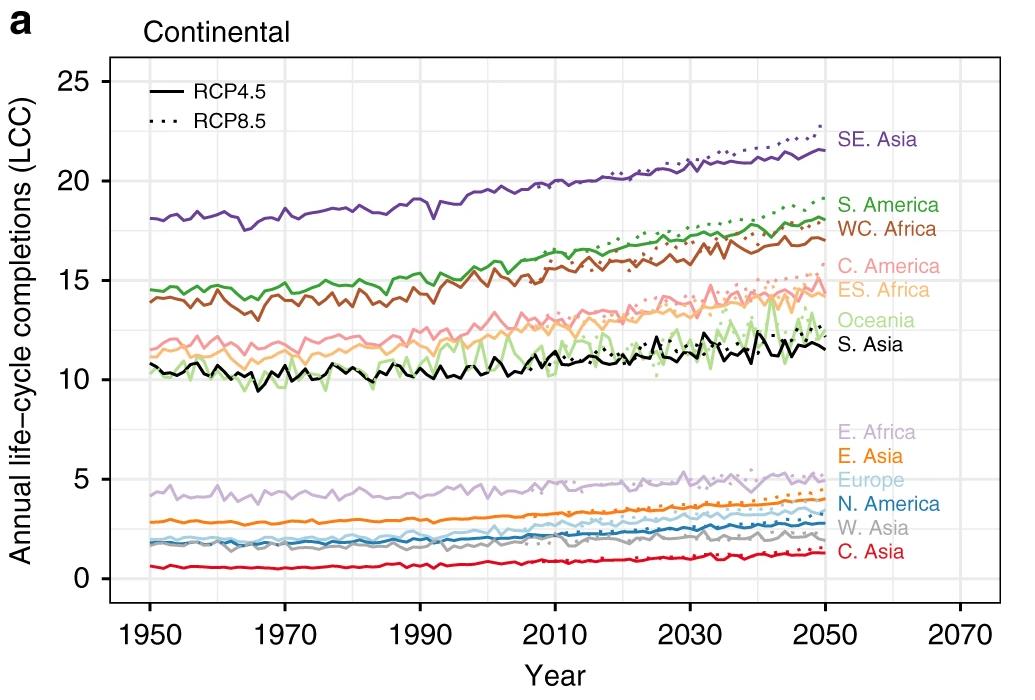 Figure 4 – Annual life-cycle completions of the Aedes aegypti mosquito, by continent
Figure 4 – Annual life-cycle completions of the Aedes aegypti mosquito, by continent
A group of scientists published a paper about their research regarding the life-cycle completions (LCC) of the Aedes aegypti mosquito and its relationship to climate change. The article states that the LCC has been constantly increasing as the representative concentration pathways (RCP) increase. Look at the darker green line in Figure 4 which represents South America. As the dotted line (higher RCP) increases, the annual life-cycle completions (LCC) also increase. RCP is related to the emission of greenhouse gases such as carbon dioxide, so as the climate changes, the mosquitoes tend to survive longer and longer, as shown in Figure 4. This longer lifespan could increase humans’ chance of contracting a virus.
A representative concentration pathway (RCP) is a greenhouse gas concentration trajectory adopted by the Intergovernmental Panel on Climate Change (IPCC). RCPs estimate the greenhouse gas concentration in the next 100 years or more and convert the concentration of greenhouse gas into increased radiative forcing (W/m2). RCPs are the result of cooperation between different research institutions. There are four scenarios represented in Figure 3: RCP2.6, RCP4.5, RCP6.0, and RCP8.5, each of which describes the changing curves of different greenhouse gas concentrations and corresponds to different radiative forcing increases.
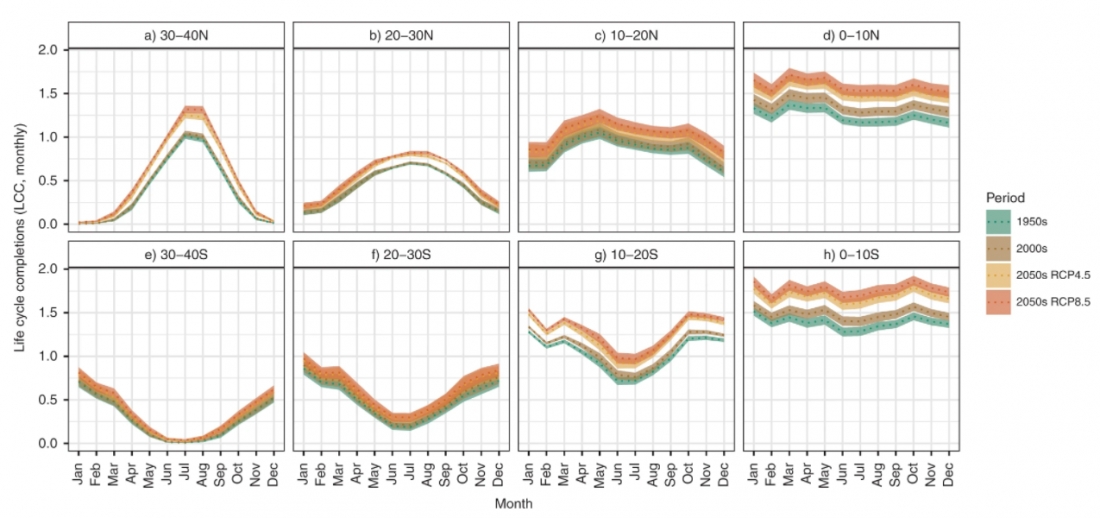
Figure 5 – Monthly Aedes aegypti life-cycle completions for various RCP scenarios
We can clearly observe from Figure 5 that the 2050s RCP8.5 scenario has the highest number of LCC of the four scenarios. Therefore, we can conclude that from 1950 to 2050, as the RCP increases from 4.5 to 8.5, the LCC of Aedes aegypti also increases globally, from 40°N to 40°S, which means from the Arctic to the Antarctic.
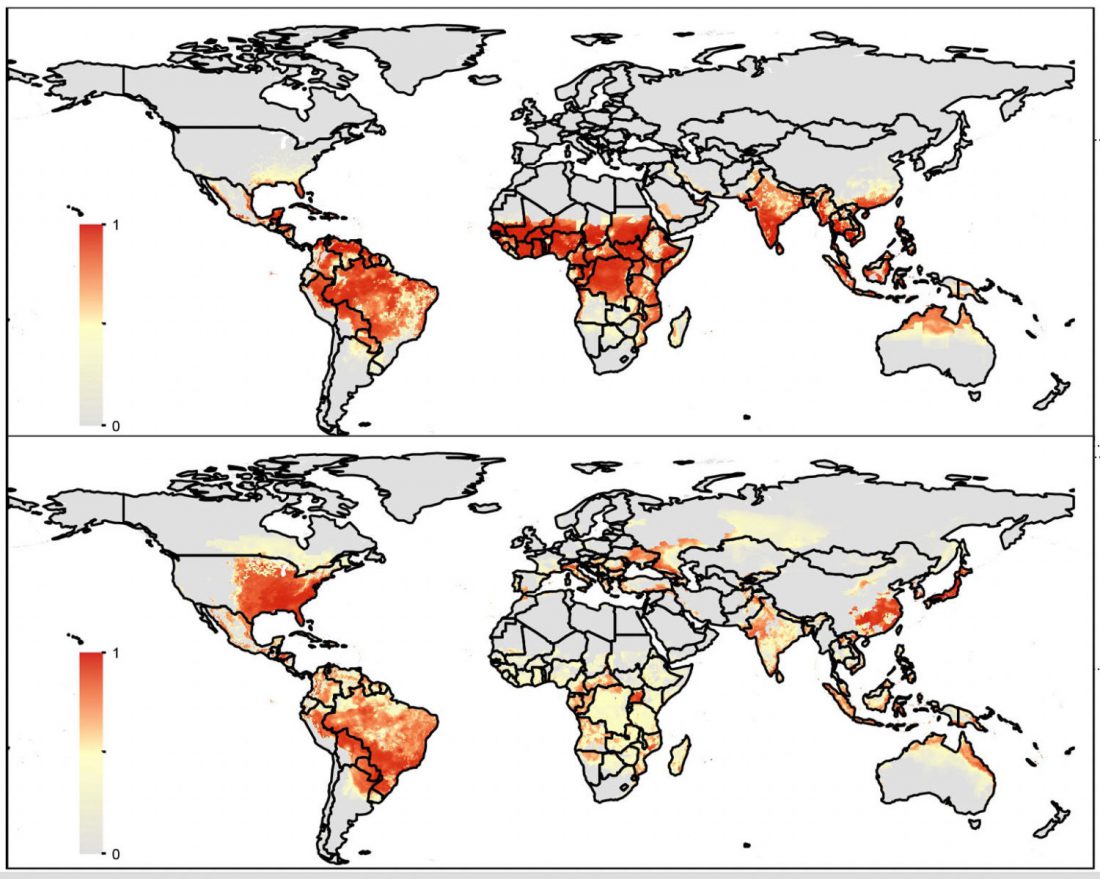
Figure 6 – Predicted global ranges of Aedes aegypti (above) and Aedes albopictus (below) in 2050 assuming a ‘medium’ climate scenario
Another article says Aedes aegypti and Aedes albopictus will expand their range considerably within a ‘medium’ climate scenario by 2050. As with the longer lifespan, the increasing territory of mosquitoes could also increase the chance of humans contracting various diseases.
With all this evidence, we conclude that the increasing cases of dengue in the world have a significant connection with climate change. The distribution of mosquitoes has become wider and wider across the globe, and they tend to survive longer, putting humans at higher risk.
Climate change is not only worsening current diseases; it’s also bringing old viruses, like anthrax, back from the dead. A frozen reindeer thawed in 2016, releasing the virus in the arctic to spread to other regions. In western Serbia, 13 people were hospitalized from anthrax, in spite of the fact that the reindeer was discovered to have died 75 years prior. This potentially deadly disease also killed around 1,200 deer over the span of a month when the temperature rose over 35oC. As the temperature continues to rise from climate change, it becomes increasingly likely that other frozen, disease-carrying corpses may set off similar situations.
As the global temperature goes up, epidemics and pandemics will be harder to control. Climate change affects the weather, which affects the environment, which affects animals’ movements, which can lead to animals infecting humans, possibly resulting in a pandemic. The routines and migration patterns of small animals play a large role here. For example, outbreaks of malaria and dengue fever come down to human exposure to disease-carrying mosquitoes.
Meanwhile, as in the example above, the temperature change will likely also revive old diseases as the ice melts to reveal infected animals/humans and release their pathogens. Overall, climate change isn’t just affecting the glaciers in the Arctic, but the global geographic landscape. It is helping create catastrophic events for all living beings.
As shown, pandemics could be caused by the change in the climate like the vectors of how animals move to the exposure of thawing preserved ancient diseases. A New York Times article, “Hotter Planet Already Poses Fatal Risks, Health Experts Warn,” shows that climate change could additionally create a potential increase in wildfires and air pollution. This also means risks of crop and food production shortages.
The only way to resolve this environmental disaster is for the human population to make an effort to take care of our own planet. We especially need to reduce the use of fossil fuels and other sources of greenhouse gases.
References:
A Hotter Planet Is Already Killing Americans, Health Experts Warn, https://www.nytimes.com/2020/12/02/climate/climate-change-health-risks.html, The New York Times, December 02, 2020
How Climate Change Is Contributing to Skyrocketing Rates of Infectious Disease, https://www.propublica.org/article/climate-infectious-diseases, ProPublica, November 06, 2020
Potential Impact of Climate Change on Pandemic Influenza Risk, https://www.ncbi.nlm.nih.gov/pmc/articles/PMC7122279/, Global Warming: Engineering Solutions, Oct 30, 2020
Climate Change and Dengue: How Global Warming Can Affect Your Health, http://cohanlab.research.wesleyan.edu/2015/10/09/one-reason-that-climate-change-might-make-you-sick/, Cohan Lab, March 21, 2016
Fighting infectious diseases: The connection to climate change, https://blogs.worldbank.org/climatechange/fighting-infectious-diseases-connection-climate-change, World Bank Blogs, November 06, 2020
Climate change and human health – risks and responses. Summary., https://www.who.int/globalchange/summary/en/index5.html, World Health Organization, October 25, 2012
Thawed reindeer carcass blamed in anthrax outbreak, https://www.cnn.com/2016/07/28/health/anthrax-thawed-reindeer-siberia/index.html, CNN, July 28, 2016
Total number of cases includes number of deaths, https://www.who.int/influenza/human_animal_interface/2020_10_07_tableH5N1.pdf?ua=1, WHO, July 10, 2020
Global Surface Temperature, https://climate.nasa.gov/vital-signs/global-temperature/, NASA, July 16, 2020
Climate Change Will Expose Half of World’s Population to Disease-Spreading Mosquitoes By 2050m, https://e360.yale.edu/digest/climate-change-will-expose-half-of-worlds-population-to-disease-spreading-mosquitoes-by-2050, Yale E360, March 05, 2019
Accelerating invasion potential of disease vector Aedes aegypti under climate change, https://www.nature.com/articles/s41467-020-16010-4/, Nature News, May 01, 2020
Dengue, https://www.cdc.gov/dengue/index.html, Centers for Disease Control and Prevention, July 14, 2020

